I Was Partially At-Fault in a Rear-End Crash. Can I Still Get Compensation in Florida?
Yes. Florida law allows you to recover damages even if you were partly at fault for a rear-end accident. Our state’s law allows you to seek compensation as long as you are not found to be more than 50% responsible for the crash.
This legal concept is called “modified comparative negligence.” Simply put, your final compensation award is reduced by your percentage of fault. For example, if you are found 10% at fault, your total damage recovery is reduced by 10%.
Fault in these situations is complicated, especially because there’s a common belief that the rear driver is always to blame. This is not always the case, and there are specific situations where the lead driver shares the blame, and a Tampa car accident lawyer can investigate the details and help you pursue fair compensation.
If you have questions about your specific rear-end accident, call us at (813) 445-8161.
Table of Contents
ToggleKey Takeaways for Partial Fault in Florida Rear-End Accidents
- You can still recover compensation if you’re less than 51% at fault. Florida uses a modified comparative negligence rule, which reduces your payout by your percentage of fault but doesn’t bar recovery unless you’re mostly responsible.
- Rear drivers aren’t always automatically to blame. While there’s a presumption that the back driver is at fault, exceptions apply, like brake-checking, faulty brake lights, or unsafe lane changes by the front driver.
- Evidence determines how fault is divided. Police reports, witness statements, black box data, and video footage all help decide who caused the crash and how much each party is responsible.
How Florida’s “Modified Comparative Negligence” Law Actually Works
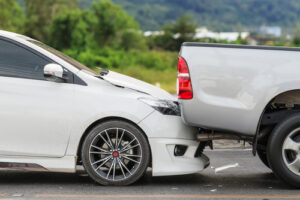 You’re worried that because you might have done something wrong, maybe you were following a bit too closely, or looked away for a second, you’ve lost your right to any compensation. This is a common and understandable fear after any car accident, and it’s a feeling that keeps many people from exploring their options, which is why you need a car accident lawyer to review the facts and protect your ability to recover damages.
You’re worried that because you might have done something wrong, maybe you were following a bit too closely, or looked away for a second, you’ve lost your right to any compensation. This is a common and understandable fear after any car accident, and it’s a feeling that keeps many people from exploring their options, which is why you need a car accident lawyer to review the facts and protect your ability to recover damages.
In some states, that fear would be completely justified. States with strict “contributory negligence” rules, like Virginia or North Carolina, bar you from recovering anything if you are found to be even 1% at fault. A single mistake, no matter how small, could mean you are left to handle all the medical bills and lost income on your own.
Florida’s system is different, and it’s designed for shared responsibility. The law that governs this is Florida Statutes § 768.81, which establishes our state’s “modified comparative negligence” standard. This approach acknowledges that few accidents are truly 100% one person’s fault.
The 51% Bar
A key component of this law is the 51% bar. You are eligible to recover damages as long as you are not found to be 51% or more at fault for the accident. If your portion of the blame is determined to be over 50%, you are barred from recovering any damages from the other party.
Our firm, Boohoff Law, P.A, manages these fault-sharing situations. We work to ensure that no more blame is placed on you than is fair, protecting your ability to claim compensation. We understand how to present evidence and argue against unfair allocations of fault.
The “Rear-End Presumption”: Is the Back Driver Always at Fault?
In Florida, there is a legal shortcut known as a “rebuttable presumption of negligence,” which assumes the rear driver is at fault in a rear-end collision. The law presumes the rear driver wasn’t following at a safe distance or paying proper attention. This is why so many people believe that if you hit someone from behind, you are automatically to blame, no questions asked.
Successfully challenging this presumption is key to establishing shared fault and being able to recover damages. There are several recognized exceptions that shift a portion of the blame, or sometimes all of it, to the front driver. Some of the most common exceptions include:
- An Abrupt and Unexpected Stop: The lead driver slammed on the brakes for no logical reason in a place where it would not be expected (e.g., on an open highway with no traffic).
- Illegal or Improper Stop: The lead vehicle was illegally stopped on the roadway, creating a hazard.
- Faulty Equipment: The lead driver’s brake lights or taillights were not working, making it impossible for you to know they were stopping.
- Unsafe Lane Change: The lead driver cut you off without enough room for you to safely slow down.
Our role is to find evidence that supports one of these exceptions. At Boohoff Law, P.A., we review traffic camera footage, interview witnesses, and examine the police report to build a full picture of what happened.
What Actions by the Front Driver Could Make Them Partially At Fault?
Many rear-end accidents are not as straightforward as they seem. While the rear driver typically holds some responsibility, the actions of the lead driver play a large part in causing the crash. Here are some concrete examples of situations where the front driver is found partially at fault, and knowing what to do after a car accident injury can help you protect your rights and build a strong claim.
Brake Checking
Brake checking is the act of intentionally and aggressively braking hard in front of another vehicle, often out of frustration or road rage. This is an act of aggressive driving. If a driver brake-checks you and causes a collision, they are held significantly at fault for creating a sudden and unnecessary hazard.
Driving with Inoperable Brake Lights
Florida law requires all vehicles to have functioning brake lights. These lights are the primary way you communicate your intention to slow down or stop to the driver behind you. If the driver in front of you had broken or non-functional lights, you had no visual warning. This is a clear and compelling reason for the lead driver to share in the fault.
Making a Sudden Turn Without Signaling
Turn signals are another form of communication on the road. If a driver slows down abruptly to make a turn but fails to use their turn signal, they create a dangerous and unpredictable situation. Their failure to signal their intention directly contributes to a rear-end crash, and they may be held partially responsible.
Reversing Suddenly
In some situations, a lead driver might unexpectedly put their car in reverse. This happens at a traffic light if they’ve overshot the line, or more commonly in parking lots and driveways. If a driver reverses without warning and you do not have time to react, they would likely bear a significant portion of the fault for the collision, and getting a lawyer for a car accident can help you prove responsibility and pursue fair compensation.
Pulling Out in Front of You
When a driver pulls out from a side street, parking lot, or driveway directly into your path without leaving enough space for you to safely slow down, they create an immediate danger. Even though the impact may be to the rear of their vehicle, their unsafe entry into traffic is the root cause of the crash, and they are held partially or even fully responsible.
Distracted Driving
Distracted driving is a danger to all drivers on the road. If the lead driver was texting, eating, or otherwise not paying attention to the road, it may have caused them to stop erratically, drift, or make other unpredictable movements. Evidence of their distraction is used to argue that their negligence contributed to the accident.
How Do Insurance Companies and Juries Decide the Percentage of Fault?
After an accident, insurance adjusters and, if your case goes to trial, a jury will review all available evidence to piece together exactly how the accident happened. Their goal is to create a clear timeline of events and determine how the actions of each driver contributed to the outcome.
The evidence they rely on includes a variety of sources, each providing a different piece of the puzzle:
- Police Report: This is typically the first piece of evidence reviewed. It contains the officer’s on-scene observations, measurements, diagrams, witness statements, and sometimes a preliminary opinion on who was at fault.
- Photos and Videos: Nothing tells a story quite like visual evidence. Pictures of the vehicle damage, skid marks on the road, debris fields, and the overall scene are incredibly helpful. Dashboard camera footage from your vehicle, another vehicle, or surveillance video from a nearby business is definitive.
- Witness Statements: Independent witnesses who saw the crash provide an unbiased account of what happened. Their testimony confirms or contradicts the stories of the drivers involved.
- Vehicle “Black Box” Data: Many modern cars are equipped with event data recorders (EDRs). These devices record information like speed, braking, acceleration, and steering angles in the moments just before an impact.
- Expert Testimony: In more complex cases, we may bring in accident reconstruction experts. These professionals use physics and engineering principles to analyze the physical evidence and create a scientific model of how the crash occurred.
An insurance company’s goal is to protect its business interests. Their adjusters will conduct a thorough investigation, and they will look for any evidence that suggests you were partially to blame, as this reduces the amount they may have to pay, so contact a lawyer to protect your rights and fight for the full compensation you deserve.
What Damages May I Still Recover If I’m Partially At Fault?
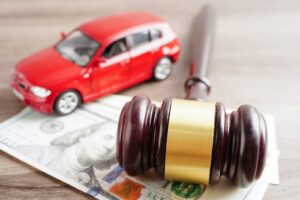 Even with a percentage of fault assigned to you, you may still pursue the exact same types of damages as any other accident victim. The only difference is that the final monetary award will be reduced by your percentage of fault. Your right to be compensated for your losses remains intact, and strong evidence might help my car accident case by proving the full extent of those losses.
Even with a percentage of fault assigned to you, you may still pursue the exact same types of damages as any other accident victim. The only difference is that the final monetary award will be reduced by your percentage of fault. Your right to be compensated for your losses remains intact, and strong evidence might help my car accident case by proving the full extent of those losses.
The damages available are typically broken down into two main categories:
Economic Damages (Tangible Financial Losses)
These are the straightforward, calculable costs that have resulted from your accident. They include:
- Medical Bills: All costs related to your injuries, from the initial emergency room visit and ambulance ride to surgeries, hospital stays, physical therapy, medication, and any future medical care you may need.
- Lost Wages: The income you lost because you were unable to work while recovering from your injuries.
- Loss of Earning Capacity: If your injuries are permanent and prevent you from returning to your previous job or earning the same amount of money in the future, you are compensated for this long-term financial loss.
- Property Damage: The costs to repair or replace your vehicle and any other personal property that was damaged in the crash.
Non-Economic Damages (Intangible Losses)
These damages are meant to compensate you for the non-financial ways the accident has affected your life. They are more subjective but just as real:
- Pain and Suffering: Compensation for the physical pain, emotional distress, anxiety, and trauma caused by the accident and your injuries.
- Loss of Enjoyment of Life: If your injuries prevent you from participating in hobbies, activities, and social events that you once enjoyed, you are compensated for this loss.
Frequently Asked Questions About Shared Fault in Florida Rear-End Accidents
What if the other driver and I are found to be 50/50 at fault?
If you are found to be exactly 50% at fault, you may still recover 50% of your damages under Florida law. The 51% bar rule means you are only prevented from recovery if you are found to be more than 50% responsible for the accident.
Do I have to tell my insurance company I think I might be partly to blame?
You should report the accident to your insurance company factually and honestly, but you should avoid admitting fault or speculating about who is to blame. Stick to the known facts of what happened. An admission of fault is used against you, even if an investigation later shows the other driver was primarily responsible. Let the investigation process play out.
How long do I have to file a lawsuit for a rear-end accident in Florida?
The statute of limitations for a general negligence claim, such as a car accident, is now two years from the date of the crash in Florida. This deadline was changed from four years in March 2023, which makes it urgent to speak with an attorney and act promptly to protect your rights.
What if I was rear-ended in a company vehicle while working in the Tampa Bay area?
This situation involves both a personal injury claim against the at-fault driver and a workers’ compensation claim through your employer. The process is more complex, as these two types of claims have different rules and procedures. Legal guidance is necessary to manage both claims properly and ensure they work together for your benefit.
Does Florida’s “no-fault” law affect my ability to sue if I’m partially at fault?
Florida’s no-fault system means your own Personal Injury Protection (PIP) coverage is your first source of payment for medical bills (up to $10,000), regardless of who was at fault.
To step outside the no-fault system and file a lawsuit against the other driver for further damages, such as pain and suffering, your injuries must meet a certain “serious injury” threshold. Once you meet that threshold, your percentage of fault will be applied to the damages you recover in that lawsuit as described above.
Let Boohoff Law, P.A. Clarify Your Claim
 The laws around shared fault are complicated, but getting answers shouldn’t be. One phone call is enough to get started. We handle cases like yours throughout Florida and are ready to help.
The laws around shared fault are complicated, but getting answers shouldn’t be. One phone call is enough to get started. We handle cases like yours throughout Florida and are ready to help.
If you’re ready to take the next step, call us for a free consultation at (813) 445-8161.
Free Consultation
We Are Here For You 24/7
Reviews
– Elissa M.
“Really pleased with Boohoff Law! Received immediate responses when I had any questions. Treated amazingly by all staff … made this process a true breeze!”
– Caitlyn M.
– Brandy K.
Related Posts
I Was Partially At-Fault in a Rear-End Crash. Can I Still Get Compensation in Florida?
I Was a Passenger in an Uber Accident. What Are My Rights?
What Damages Can I Recover After a Jackknife Truck Accident?
Recovery is personal.
We’re here for you.
We’re close by. And if you can’t make it to us, we’ll meet you where you need us, at home or in the hospital.
You're better off with Boohoff.


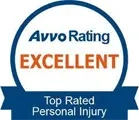
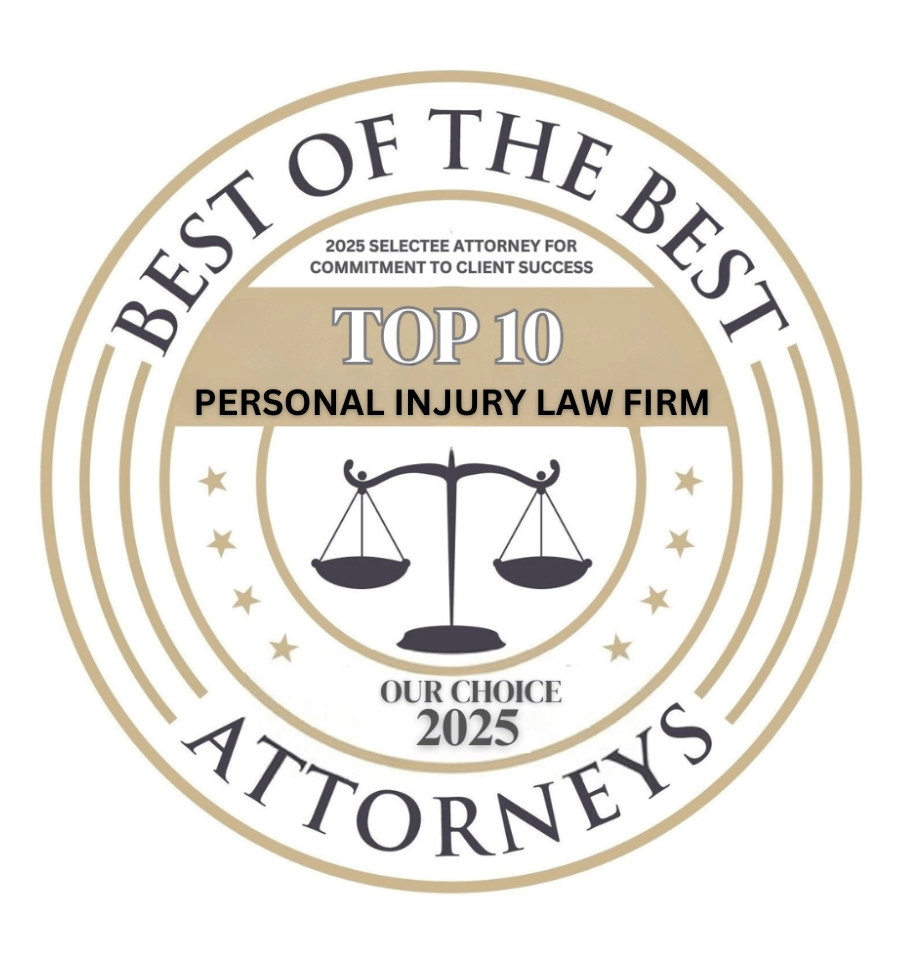
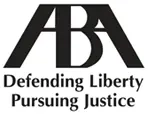
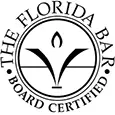





The information on this website is for general information purposes only. Nothing on this site should be taken as legal advice for any individual case or situation. This information is not intended to create, and receipt or viewing does not constitute, an attorney-client relationship.
available 24/7
(877) 999-9999
